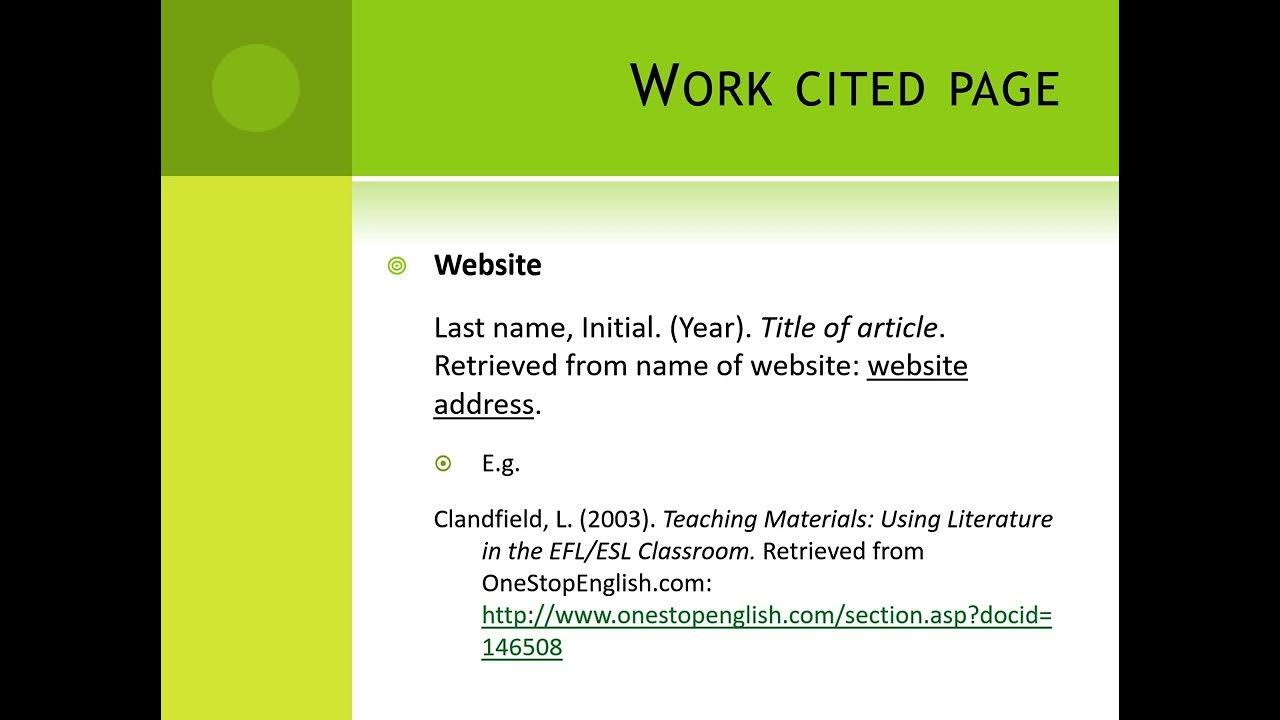Types of Plagiarism and Their Examples | Types of Plagiarism in Research
Summary
TLDRThis video from Global Assignment Help addresses the critical issue of plagiarism faced by students in academic writing. It defines plagiarism as presenting someone else's work as your own, detailing its various types, including global, paraphrasing, verbatim, mosaic, self-plagiarism, and accidental plagiarism. The video emphasizes the severe consequences of plagiarism on a student's reputation and professional image while providing strategies to prevent it. Viewers are encouraged to apply critical thinking, proper citations, and original arguments in their writing to avoid falling into the traps of plagiarism, ultimately promoting academic integrity.
Takeaways
- 📚 Plagiarism is the act of presenting someone else's work as your own without permission.
- ⚠️ Plagiarism can negatively impact a student's reputation and academic career.
- 🔍 Global plagiarism involves submitting someone else's entire work or directly copying from online sources.
- ✍️ Paraphrasing plagiarism occurs when sentences are rewritten but the original thought process remains unchanged.
- ❌ Verbatim plagiarism happens when information is included without proper citation or quotation.
- 🧩 Mosaic plagiarism involves piecing together information from various sources without giving credit.
- 📝 Self-plagiarism refers to reusing one's own previously submitted work in a new context.
- 🚫 Accidental plagiarism can occur unintentionally when similar phrases or wording are used without intent.
- 🔧 It's essential to acknowledge all sources, including common knowledge, to avoid plagiarism.
- 👍 Always strive for originality and critical thinking in academic writing to avoid all forms of plagiarism.
Q & A
What is plagiarism?
-Plagiarism is the act of presenting someone else's work as your own without their consent.
Why is plagiarism a serious issue for students?
-Plagiarism can damage a student's reputation, lead to academic penalties, and negatively affect their professional image.
What are the consequences of committing plagiarism?
-Consequences include a negative impression from professors, academic penalties, and harm to a student's professional future.
What is global plagiarism?
-Global plagiarism involves submitting an entire piece of work that was written by someone else, typically copied and pasted from online sources.
How does paraphrasing plagiarism differ from global plagiarism?
-Paraphrasing plagiarism occurs when a student rewrites sentences in a different way but keeps the same ideas, while global plagiarism involves outright copying.
What is verbatim plagiarism?
-Verbatim plagiarism happens when a student uses portions of someone else's work without proper citation, even if those portions are common knowledge.
Can you explain mosaic plagiarism?
-Mosaic plagiarism involves taking bits and pieces from different sources and piecing them together without giving proper credit to the original authors.
What is self-plagiarism?
-Self-plagiarism, or soft plagiarism, is when a student reuses their previous work for a new assignment, which can hinder academic progress.
What is accidental plagiarism?
-Accidental plagiarism occurs when a student unintentionally uses similar words or phrases from another source without realizing it.
What strategies can students use to avoid plagiarism?
-Students can avoid plagiarism by engaging in critical thinking, conducting thorough research, properly citing all sources, and proofreading their work.
Outlines

This section is available to paid users only. Please upgrade to access this part.
Upgrade NowMindmap

This section is available to paid users only. Please upgrade to access this part.
Upgrade NowKeywords

This section is available to paid users only. Please upgrade to access this part.
Upgrade NowHighlights

This section is available to paid users only. Please upgrade to access this part.
Upgrade NowTranscripts

This section is available to paid users only. Please upgrade to access this part.
Upgrade Now5.0 / 5 (0 votes)





